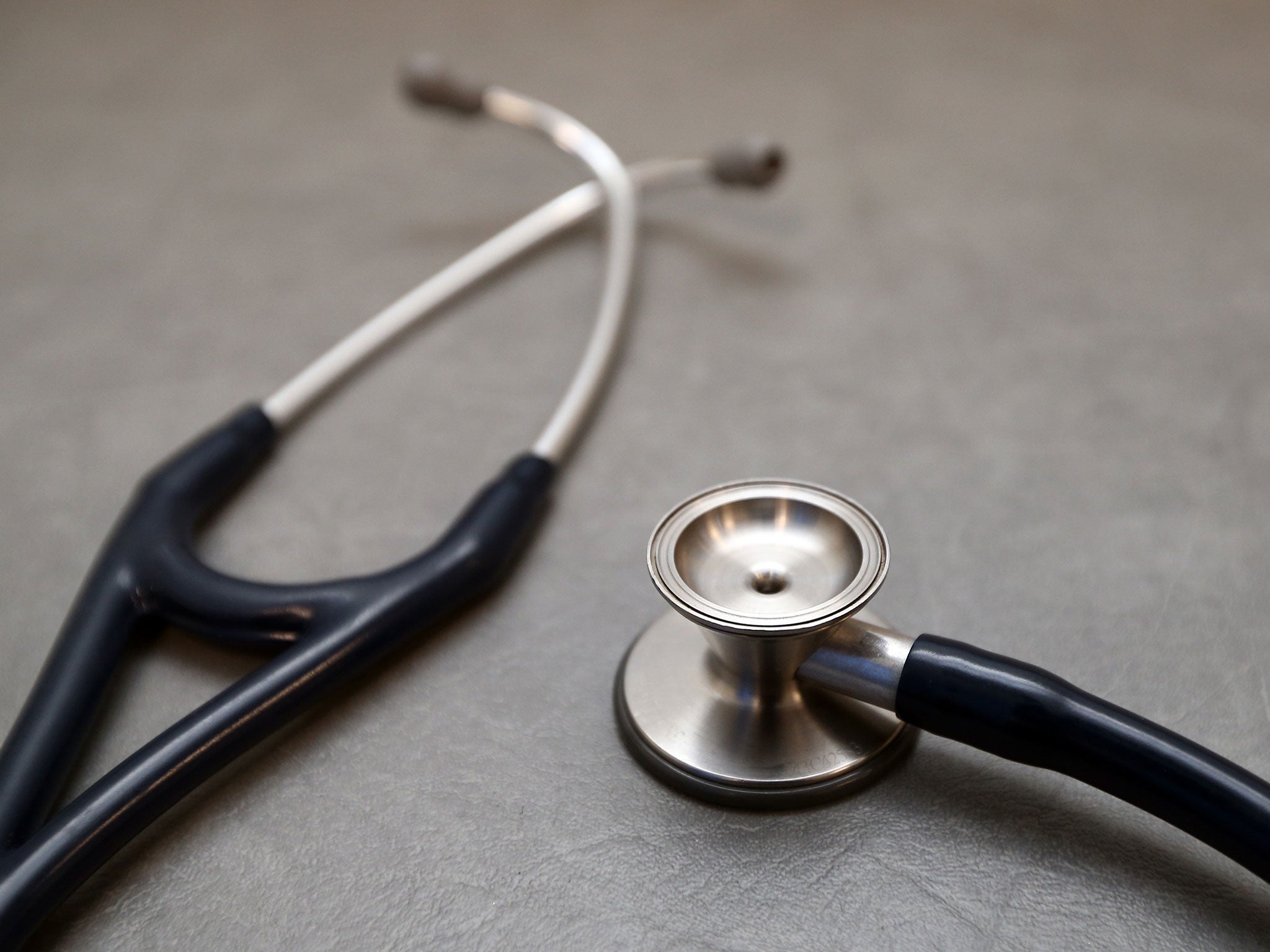Health secretary mocked for claiming 1,000 GP rise, despite fall in qualified practitioners
‘Terrific’ rise in just three months due to August intake of trainees reflects a more modest 41 GP increase when compared to previous year, or a fall when trainees are excluded

Your support helps us to tell the story
From reproductive rights to climate change to Big Tech, The Independent is on the ground when the story is developing. Whether it's investigating the financials of Elon Musk's pro-Trump PAC or producing our latest documentary, 'The A Word', which shines a light on the American women fighting for reproductive rights, we know how important it is to parse out the facts from the messaging.
At such a critical moment in US history, we need reporters on the ground. Your donation allows us to keep sending journalists to speak to both sides of the story.
The Independent is trusted by Americans across the entire political spectrum. And unlike many other quality news outlets, we choose not to lock Americans out of our reporting and analysis with paywalls. We believe quality journalism should be available to everyone, paid for by those who can afford it.
Your support makes all the difference.The health and social care secretary has been accused of misleading the public by claiming a “terrific rise” of more than 1,000 GPs in just three months, when in reality figures show numbers of qualified doctors fell.
Matt Hancock on Thursday tweeted a link to NHS workforce figures which he says show the number of GPs had risen – calculated as full time GP roles it shows an increase from 33,012 in June to 34,132 in September.
“Terrific figures out today show GP numbers rose by over a thousand from June-Sept this year,” he said.
However, the sharp rise is thanks to more than 1,100 doctors joining GP training programmes which start in August each year.
NHS Digital, which compiles the data, also states that it has used a different method to calculate trainee numbers, meaning the September figure “is not directly comparable to data published for previous quarters”.
If trainees are discounted there are actually 24 fewer full time equivalent GPs in the past three months, or 678 fewer than a year ago.
Even comparing the figures for all full time GPs and trainees between September 2017 and September 2018, to account for the August spike in trainees, total staff only rose by 41 overall.
Medics and campaigners were quick to point out the health secretary’s gaffe.
Dr Pete Deveson, a GP in Surrey, said on Twitter that while a rise in trainees was a good thing the way the numbers had been presented amounts to “deliberate obfuscation”.
“Why let the facts get in the way of a good headline,” he added.
Pressure group Keep our NHS Public said the health secretary was “innumerate”.
The gaffe comes a year after a flagship government pledge to increase GP numbers by 5,000 doctors, made by Mr Hancock’s predecessor Jeremy Hunt, was left in tatters when The Independent revealed it was 1,000 doctors further away.
This is because of a steep fall in experienced GPs who are retiring, cutting down their hours or going to working on a freelance “locum” basis because of unsustainable workloads.
GPs and doctors in NHS hospitals were not part of the pay rise awarded to other NHS staff earlier this year, and a lifetime cap on NHS pensions has also meant some are retiring earlier than anticipated.
To hit its 5,000 GP target the government has been working to increase the number of junior doctors choosing to specialise in general practice.
This year it achieved its target of 3,250 doctors starting GP training for the first time – two years after the target was introduced – however the September 2018 figures show it is still 5,460 away from delivering an increase of 5,000 doctors in general practice.
The Department of Health and Social Care was approached for comment.
Join our commenting forum
Join thought-provoking conversations, follow other Independent readers and see their replies
Comments